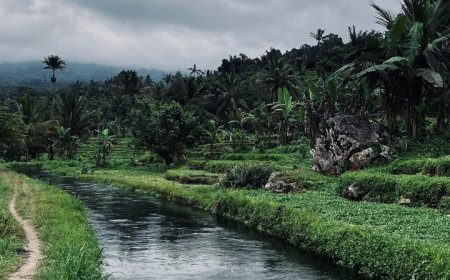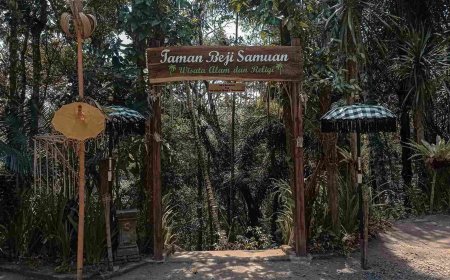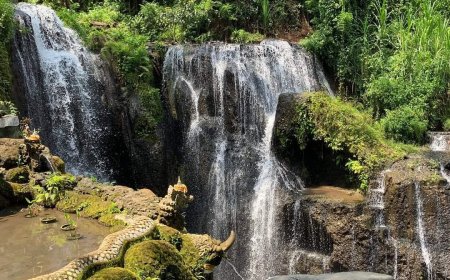Campuhan River Ubud, A Unique River Near Ubud Village
Bali is an island that is famous for it's various uniqueness. The uniqueness of Bali includes culture, sacred places, food and nature. The unique natural conditions in Bali are one of the attractions that make foreign tourists want to come and vacation in Bali. Every inch of Bali certainly has it's own unique nature, including the Ubud area. In the Ubud area there are many interesting natural objects to explore. One of them is the Campuhan River.
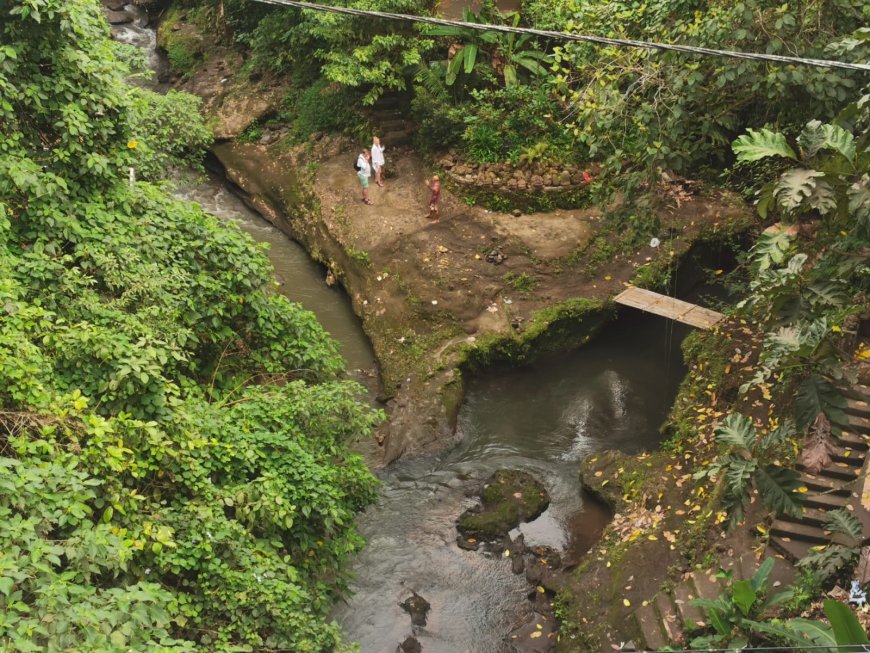
The Campuhan River is located in the western part of the center of Ubud village. The Campuhan River is only about 900 meters from the Ubud intersection. To see the river, we can see it from above via the bridge or down the road there. The atmosphere in the river area is very cool, because there are still many trees which make the surrounding atmosphere beautiful.
The Campuhan River is unique because it is the estuary of the confluence of two rivers called the Oos River and the Cerik River. Oos comes from the word Usadha which means medicine, while the word cerik means small. The confluence of these two rivers creates a rare river view. Because the two rivers meet, it is believed that the Campuhan River area has a strong aura of magical power.
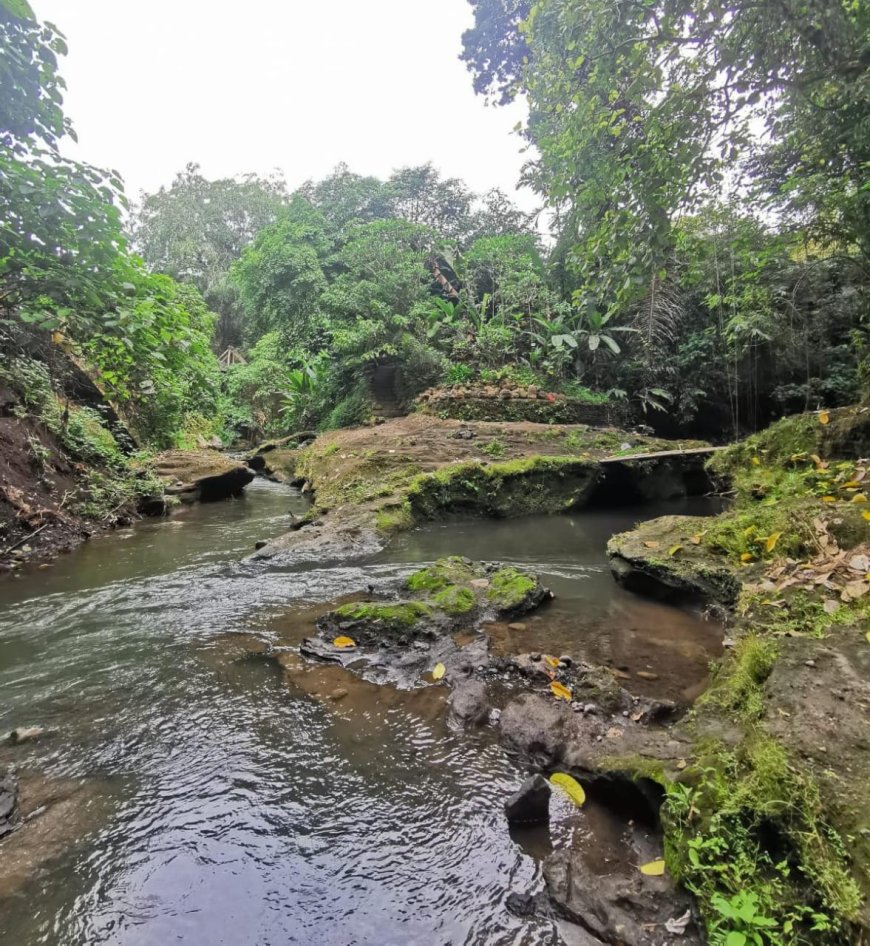
Campuhan River Ubud (Source: Private Collection)
In ancient times, the Campuhan River area was used as a hermitage by a priest named Maharsi Markandeya. At that time Maharsi Markandeya felt a strong magical power in this place so he built a hermitage as a place to purify himself, which then after a long time developed into the Payogan Agung Gunung Lebah Temple. Apart from that, Maharsi Markandeya and his followers also cleared the surrounding forests to become agricultural and residential areas. This later became the forerunner of Ubud village.

Payogan Agung Gunung Lebah Temple (Source: Private Collection)
The name Gunung Lebah Temple comes from two words, namely Gunung and Lebah. Gunung means hill and Lebah means valley, so it can be concluded that the location of this temple is in the Campuhan Hill Valley. The existence of the Payogan Agung Gunung Lebah Temple seems to add to the beauty of the view of the Campuhan River area. With the river flowing below and the temple standing majestically on the river hill, it is a combination that is truly pleasing to the eye. Nowadays Payogan Agung Gunung Lebah Temple is used as a place of worship by the people of Ubud and its surroundings.
The Campuhan River is also often used by people to carry out religious ceremonies such as the nganyut procession. Nganyut is one of the processions of the cremation ceremony in Bali. Nganyut means a procession to purify the spirit of a deceased person. Nganyut is usually done in the sea or river. The nganyut procession is symbolized by washing away the ashes of the corpse. Because the Ubud area is quite far from the sea, people in Ubud often carry out nganyut processions on the Campuhan River rather than going to the sea.




















